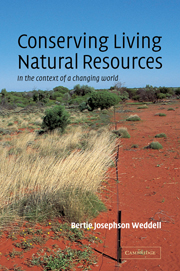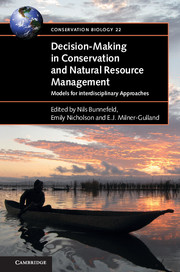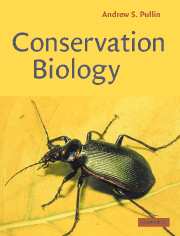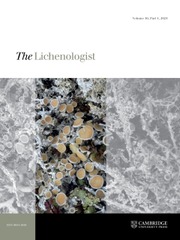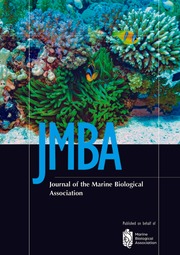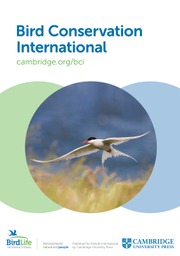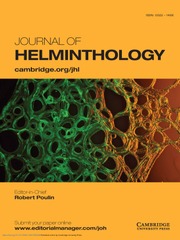Conserving Living Natural Resources
Conserving Living Natural Resources is an introductory textbook for students of conservation biology and resource management. It presents the historical and conceptual contexts of three seminal approaches to the management of living natural resources: utilitarian management for harvest of featured species and control of unwanted species, protection and restoration of populations and habitats to maintain biodiversity, and management of complex ecosystems to sustain both productivity and biodiversity. Rather than endorsing a single approach as the only correct one, this book investigates the historical and philosophical contexts, conceptual frameworks, principal techniques, and the limitations of each approach.
- Assumes no prior knowledge of conservation biology; a truly introductory textbook
- Encourages students to think critically about evidence and interpretation and to view science as an ongoing process, rather than as a static body of knowledge
- Places conservation in an historical context to increase and hold the students' interest and attention
Reviews & endorsements
"Weddell (Washington State Univ.) has written a highly readable book detailing the history and concepts of three different approaches to managing and conserving natural resources... Weddell presents uses and limitations of these concepts in a well-written and organized style suitable for anyone interested in the conservation of natural resources." Choice
Conserving Living Natural Resources takes the reader on a wide-ranging tour of conservation principles and practices. One of the book's strengths is the historical overview of conservation philosophy it offers." Environment
"With Conserving Living Natural Resources, Bertie Josephson Weddell has filled a vacant niche with a textbook that presents some new, and refreshingly old, concepts, examples, and ideas. She has fashioned a valuable addition for the teaching and practice of conservation." Ecoscience
Product details
February 2005Adobe eBook Reader
9780511074677
0 pages
0kg
55 b/w illus.
This ISBN is for an eBook version which is distributed on our behalf by a third party.
Table of Contents
- Preface
- Introduction: balance and flux
- Methodology: getting the information we need to manage living natural resources
- Part I. Management to Maximize Production of Featured Species - A Utilitarian Approach to Conservation:
- 1. Historical context - the commodification of resources and the foundations of utilitarian resource management
- 2. Central concepts - population growth and interactions between populations
- 3. Central concepts - habitats
- 4. Techniques - harvest management
- 5. Techniques - habitat management
- 6. Techniques - management to minimize conflicts between pest species and people
- Part II. Protection and Restoration of Populations and Habitats - A Preservationist Approach to Conservation:
- 7. Historical context - the rise of environmental concerns after World War II
- 8. Central concepts - the causes of extinction
- 9. Techniques - protecting and restoring species
- 10. Techniques - protecting and restoring ecosystems
- Part III. Management to Maintain Processes and Structures - A Sustainable-Ecosystem Approach to Conservation:
- 11. Historical context - pressures to move beyond protection of species and reserves
- 12. Central concepts - the flux of nature
- 13. Techniques - conserving processes and contexts
- 14. Techniques - including people in the conservation process
- Postscript
- Appendix: scientific names of organisms mentioned in the text
- Index.

